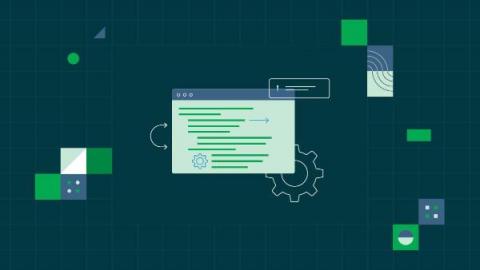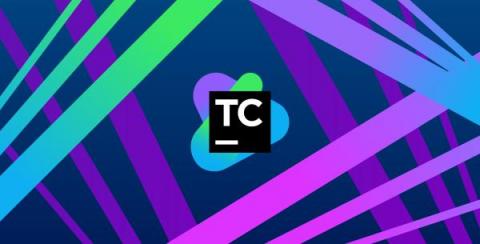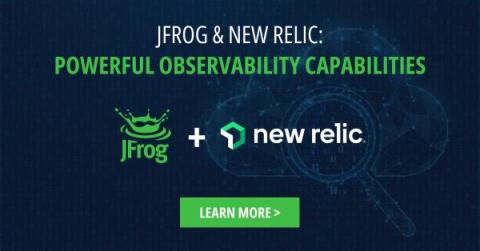Open sourcing the CircleCI Language Server
The official CircleCI extension for Visual Studio Code is now available for anyone to download on the VS Code Marketplace. This extension was developed by the Developer Experience team of CircleCI and it includes two sets of features: the pipeline manager and the config helper. The config helper provides language support for CircleCI YAML files.











